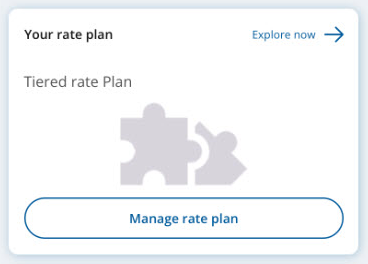Save $ with homemade and healthy Your Favourite Restaurant Foods recipes
This is first blog on recipes. You can save money by making these Restaurant Foods at home.
Here are favourite restaurant meal with cutting fat and calories while keeping the flavour. Thanks to spark people, you can download this cookbook for free.
1. Crunch wraps Super-Supreme
I chose to re-make the Crunch wrap Supreme from Taco Bell because Taco Bell used to be one of my favourite fast food restaurants. Also, it is still my boyfriend's favourite fast food chain and nearly every time he goes there, he will order a crunch wrap supreme.
The funny thing is that most Mexican and Tex-Mex dishes are fairly simple to make... so I knew that it would be fun, delicious, and not too challenging to re-make this item
Carbs: 38.6g | Fat: 11.8g | Fibre: 3.8g | Protein: 28g | Calories: 366.5
2. No Guilt Cheese Enchiladas
I love Mexican food, especially Chevy's Fresh Mex. I often order cheese enchiladas--oh so yummy, but oh so full of grease and fat! Their enchiladas contain between 230-290 calories and 10-27 grams of fat PER ENCHILADA!
This guilt-free version is quick and easy and satisfies even the most discerning cheese lovers in our family. They look really cheesy, with 1/2 cup of cheese on top, but looks can be deceiving. The filling is tasty and lower-fat, and the tortillas are softened in the microwave, reducing the fat and calories even further.
Carbs: 27.4g | Fat: 8.5g | Fibre: 2.4g | Protein: 11.7g | Calories: 241.3
3. Pineapple Onion and Bacon Pizza
Pizza is one of my favourite foods, and the sweet sauce at Papa John's is my all-time favorite. My viewpoint is, if you're going to make it at home, don't make it "just as good," make it better! So I'm remaking a medium Papa John's pie with pineapple, onion and bacon (BACON!!!). Fresh homemade sauce and premium ingredients make this recipe more than worth the calories, and still trimmer than the fast food original!
Carbs: 28.3g | Fat: 5g | Fibre: 0.9g | Protein: 7.6g | Calories: 183.2
4. Sausage, Egg & Cheese Breakfast Roll-Up
Hurry, quick, I'm running late!!!! Sound familiar? So you stop on your way and pick up a Sonic Breakfast Burrito. This sounds good. But wait, it's really not as good as it sounds. This recipe is unhealthy, a waste of precious calories, and a terrible way to start your day. How about having a Sausage, Egg & Cheese Breakfast Roll-Up, remade so it is a quick and easy way to start your day? It has about 1/2 the calories of fast food version. Cook the sausage and chop the veggies ahead of time so your breakfast is ready in no time.
Carbs: 18.5g | Fat: 10.7g | Fibre: 8.3g | Protein: 19.9g | Calories: 222.1
5. Strawberry Pancakes
My family loves to eat pancakes at Perkins and IHOP, but they are so unhealthy. I wanted a pancake that would provide better nutrition, so I developed this recipe instead. This has become a family favourite--even my teenagers love them! They are easy to make and taste so good, they are my "go to" breakfast when we have company.
Submitted by CASE4GRACE
Carbs: 52.6g | Fat: 7.6g | Fibre: 8.4g | Protein: 11.4g | Calories: 308.7
6. Sesame Chicken
This is a slimmed-down version of sesame chicken from PF Chang's and other Chinese restaurants.
Carbs: 7g | Fat: 16g | Fibre: 1.2g | Protein: 28.6g | Calories: 287.2
7. Tuscan Chicken Milano
Cookbook creator says: Note: We recommend cutting the olive oil to one tablespoon and using whole-wheat pasta in this recipe.
Carbs: 52.3g | Fat: 15.6g | Fibre: 5.5g | Protein: 37g | Calories: 520.6
8. Boneless Sweet BBQ Wings
I love Wendy's Honey BBQ Wings, but at 580 calories I can't even get fries or a frosty to go with them. I came up with this to satisfy my craving, and still be able to enjoy a side.
9. Quesadilla Explosion Salad
Oh, Quesadilla Explosion Salad! How I love you!
I have eaten plenty of these at Chilli’s and was "Oh so surprised!" to see it listed as #2 on the 10 worst restaurant salads! Number T-O-O! Too much fat, too many calories, too many points! It's a salad! How can it be so bad for you? Something had to be done! This is my response. I have also created recipes for the various ingredients used in this salad. They are named as they appear in the list of ingredients. Feel free to use them or your own. Beware the nutrition data of this salad will change if you use another version.
Carbs: 58.8g | Fat: 7.9g | Fibre: 18.9g | Protein: 26.4g | Calories: 384.
You can download and print your FREE cookbook: 10 Restaurant Meals Made Healthier. (You need Adobe Acrobat Reader to download this PDF.)
